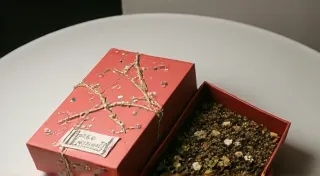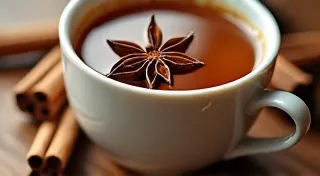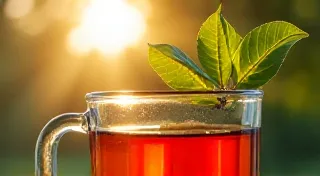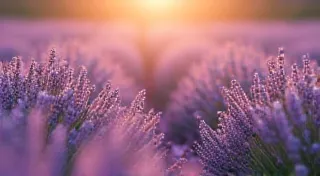Blending Floral Teas for a Delicate Flavor
Floral teas offer a captivating world of fragrance and flavor, adding a touch of elegance and romance to your tea blends. However, their delicate nature requires a mindful approach to blending. Too much floral, and your tea can become soapy or overwhelming. This guide explores how to gently incorporate floral teas like rose, jasmine, lavender, and others into your artisan tea creations. Creating truly unique and delightful blends can seem daunting, and understanding the complexities of layering flavors is key to success. We're here to guide you through it!
Understanding Floral Teas
Before you begin blending, it's important to understand the characteristics of different floral teas:
- Rose: Rose petals come in various forms – dried, crystallized, or infused into petals. They add a sweet, floral aroma and a subtle, fruity flavor. Damask roses are prized for their intense fragrance.
- Jasmine: Jasmine is typically applied to green tea, but it can be blended with other teas too. It imparts a sweet, intoxicating fragrance and a slightly grassy flavor.
- Lavender: Lavender adds a calming aroma and a slightly sweet, herbal flavor. Use it sparingly, as it can easily dominate a blend. As with many ingredients, mastering the art of layering flavors is essential, and it's easy to accidentally overdo it.
- Chamomile: While technically a composite flower, chamomile offers a gentle, apple-like flavor and a relaxing aroma.
- Hibiscus: Adds a vibrant color and tart, cranberry-like flavor and aroma.
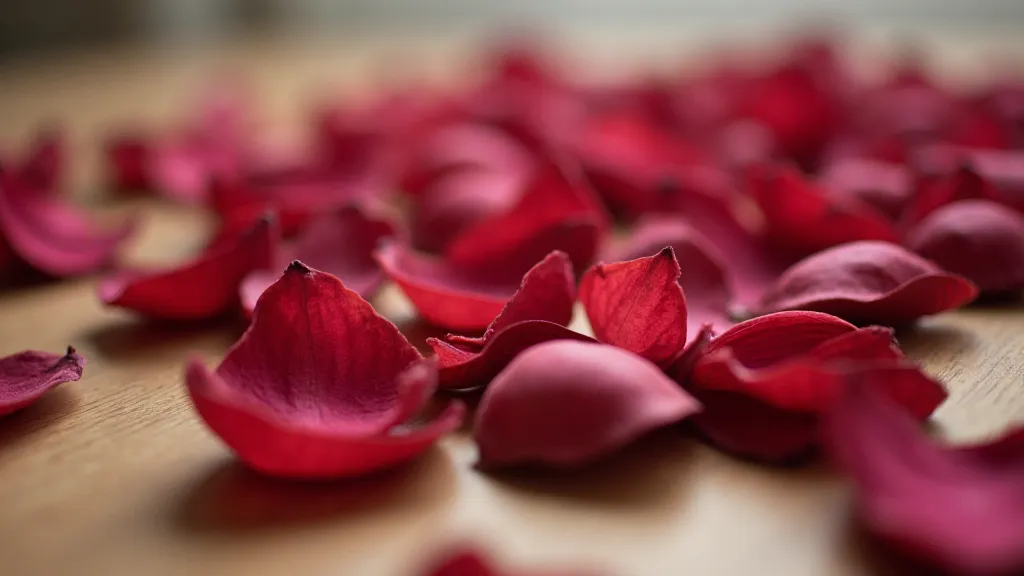
Blending Principles: Less is More
Floral teas are potent. They should generally comprise 10-20% of your total blend at most. Here’s a tiered approach to blending:
- Base Tea: Choose a base tea that complements the floral notes. Green tea, white tea, or even a lightly oxidized black tea often work well. Avoid robust black teas as they can mask the delicate floral flavors. When experimenting with different ingredient combinations, remember that some pairings simply don’t work!
- Floral Layering: Start with a small amount of your chosen floral tea. Taste and adjust gradually. It’s easier to add more than to remove. Understanding the nuances of blending and how different flavors interact takes practice. It's a world of possibilities, but mistakes happen! Avoiding common mistakes when blending tea can significantly improve your results and shorten your learning curve.
- Balancing Act: Consider adding complementary ingredients. A hint of citrus peel (like lemon or orange) can brighten floral blends. A touch of vanilla bean can add warmth. This balancing act is fundamental to great blending.
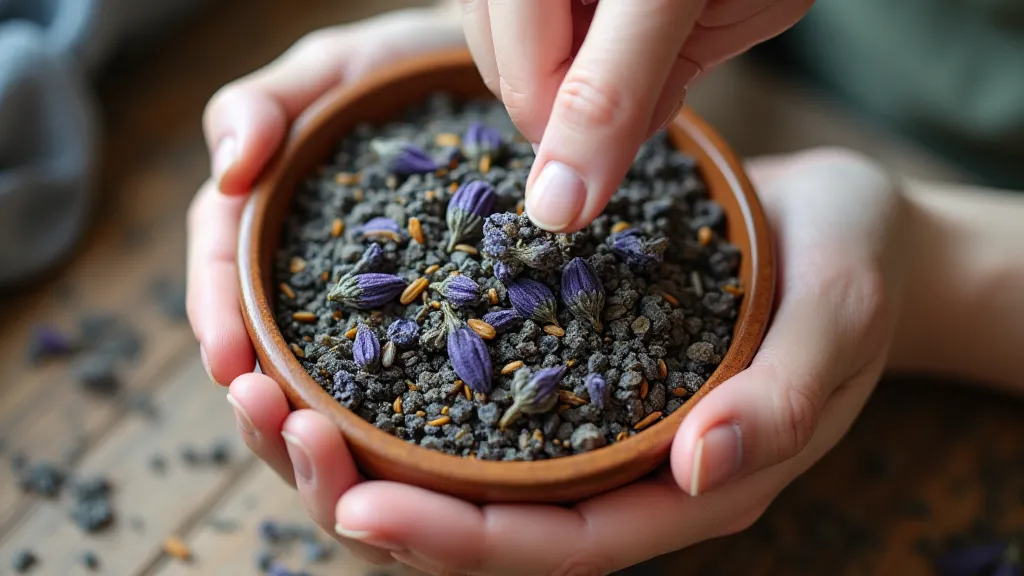
Floral Tea Blend Ideas
Here are a few starting points for your own creations:
- Rose & Green Tea Bliss: 70% Green Tea, 20% Rose Petals, 10% Lemon Peel. This creates a refreshing and elegant blend.
- Lavender Dream: 80% White Tea, 15% Lavender Flowers, 5% Vanilla Bean. A calming and subtly sweet blend.
- Jasmine Sunset: 60% Black Tea, 30% Jasmine Flowers, 10% Orange Peel. A bright and fragrant afternoon tea.
- Rose, Hibiscus and Peach Delight: 50% Green Tea, 30% Rose petals, 10% Dried Peach, 10% Hibiscus. Sweet and fruity floral blend.
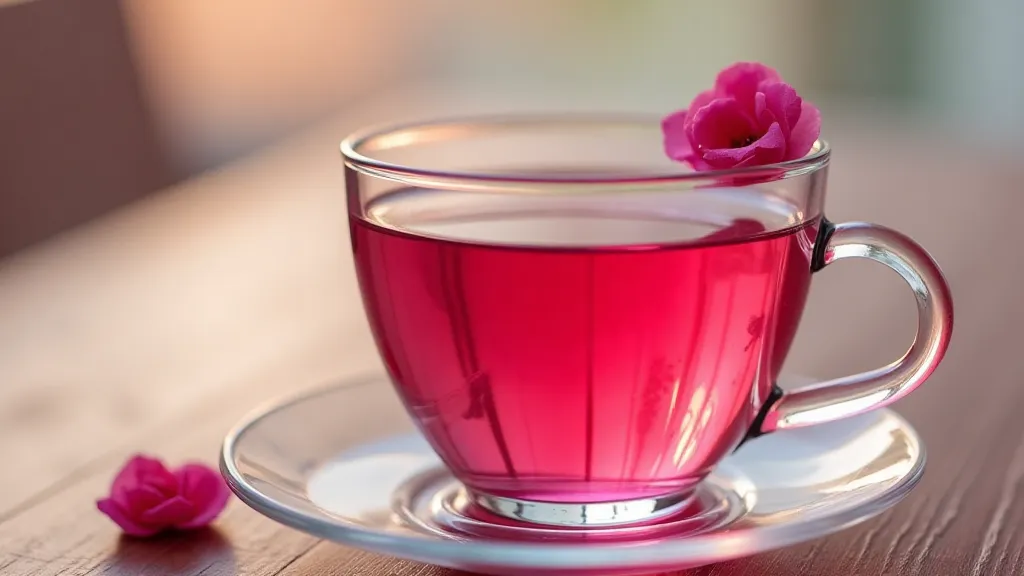
Beyond the Basics: Expanding Your Blending Expertise
Floral blends can be incredibly versatile, but mastering them requires more than just knowing the basic ratios. Considering the overall profile of your tea is key. Are you aiming for a refreshing summer tea, or a cozy winter warmer? Different seasonal preferences call for different ingredient combinations. For instance, a blend intended for refreshment might benefit from incorporating fruit-infused tea blends for an extra layer of sweetness and vibrancy.
Tips for Success
- Source Quality Ingredients: The quality of your floral teas significantly impacts the final flavor. Look for reputable suppliers. Organic options are often preferable, as they avoid pesticides and ensure a purer taste.
- Experiment with Different Varieties: Not all roses or lavenders taste the same. Experiment to find what you prefer. Explore different cultivars and processing methods to discover unique flavor profiles.
- Taste Regularly: Frequent tasting is crucial to ensure the blend isn’t overpowering. Keep a notebook to record your experiments and note any adjustments you make.
- Store Properly: Store your floral teas in airtight containers away from light and moisture. Vacuum-sealed bags or dark glass jars are ideal for preserving freshness.
- Consider Your Brand Identity: If you’re developing blends for commercial sale, think about how your tea reflects your brand’s values and aesthetic. Creating a signature tea blend for your brand can strengthen your market position.
Advanced Blending Techniques
Once you're comfortable with the fundamentals, you can explore more complex blending techniques. This might involve combining floral teas with spices, herbs, or even other fruits and vegetables. The possibilities are truly endless. Remember that the order in which you add ingredients can also affect the final flavor. Generally, it's best to start with the base tea, then add the floral ingredients, and finally incorporate any supporting flavors.
Blending floral teas is a rewarding journey of discovery. Embrace the delicate nature of these ingredients, and you’ll create truly enchanting and personalized tea experiences. With practice and experimentation, you'll develop your own unique blending style and create teas that are both delicious and memorable.

